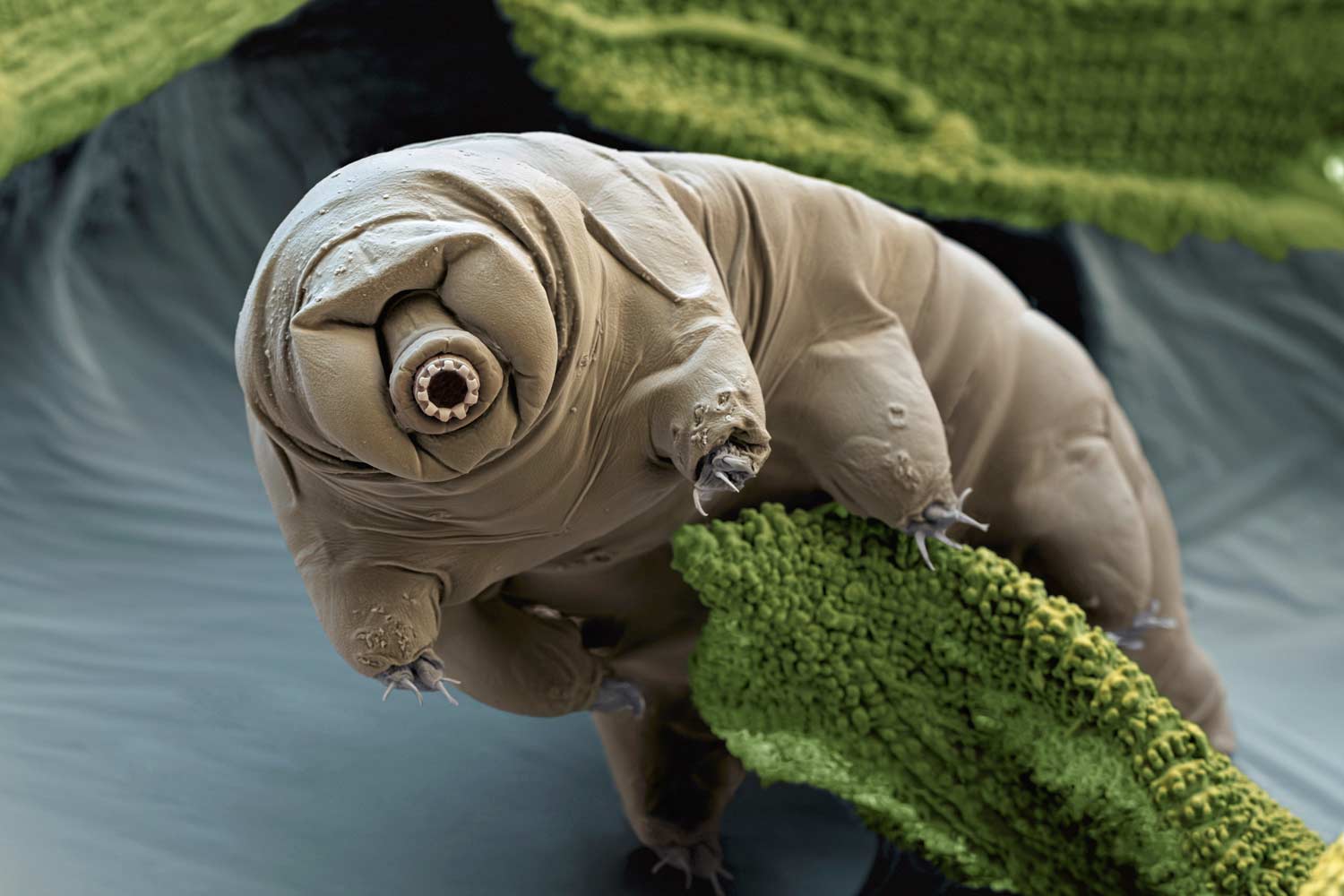meet the cast:
soil biology

rhizosphere
the rhizosphere is a bustling metropolis with billions of organisms in a single teaspoon! it's the area of soil that is in close contact with plant roots, where biological activity and turnover provides available nutrients right where plants needs them most!
rhizosphere
soil food web
soil is home to 1/4 of the world's biodiversity with billions of organisms -- 10's of 1,000's of species -- in a single teaspoon. the soil food web serves as the foundation of every (terrestrial) food web on the planet!
symbioses
nitrogen fixation
fungal networks
plants release compounds to attract mycorrhizal fungi, stimulating the growth of thread-like hyphae, which connect within or outside the roots, extending their reach 100-1000x. the root provides sugars which feed the fungus and in turn, its hyphae spread throughout the soil in search of water, nitrogen, phosphorus, and other nutrients.
plant growth promotion
different bacteria and fungi release different types of organic compounds that can promote plant growth, regulate hormones, and protect against disease and environmental stress.
biocycling
from photosynthesis to metabolism, organic materials move up and down the food chain — eaten and excreted by microbes, insects and animals, which are eaten and excreted by other organisms. as they decompose, nutrients are made available for new growth and the cycle continues.
biodegradation
microbes in the soil also have the ability to break down organic compounds, considered toxic to humans. they can even transform heavy metals into less toxic or less mobile forms.
so what's with all the pollution?
a microbe's ability to degrade toxic substances is controlled by:





